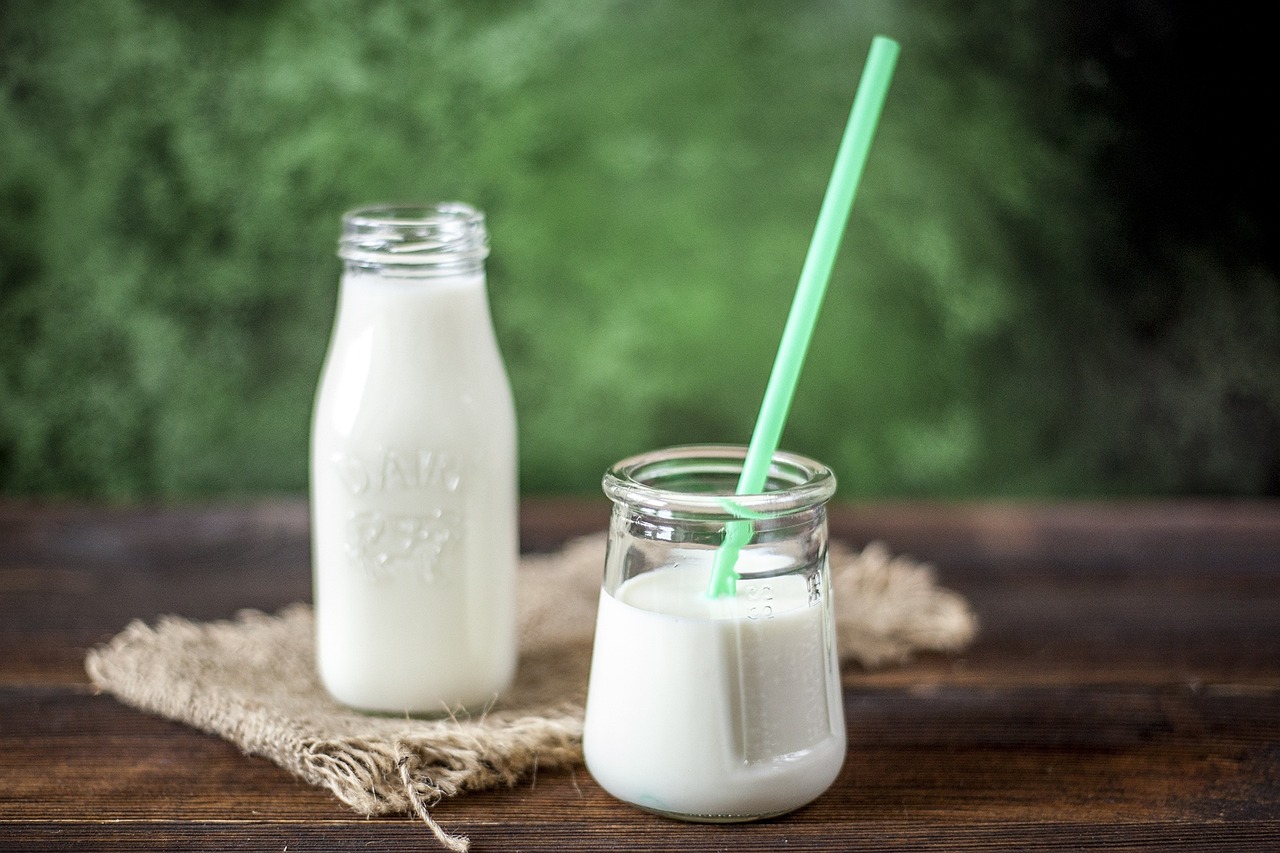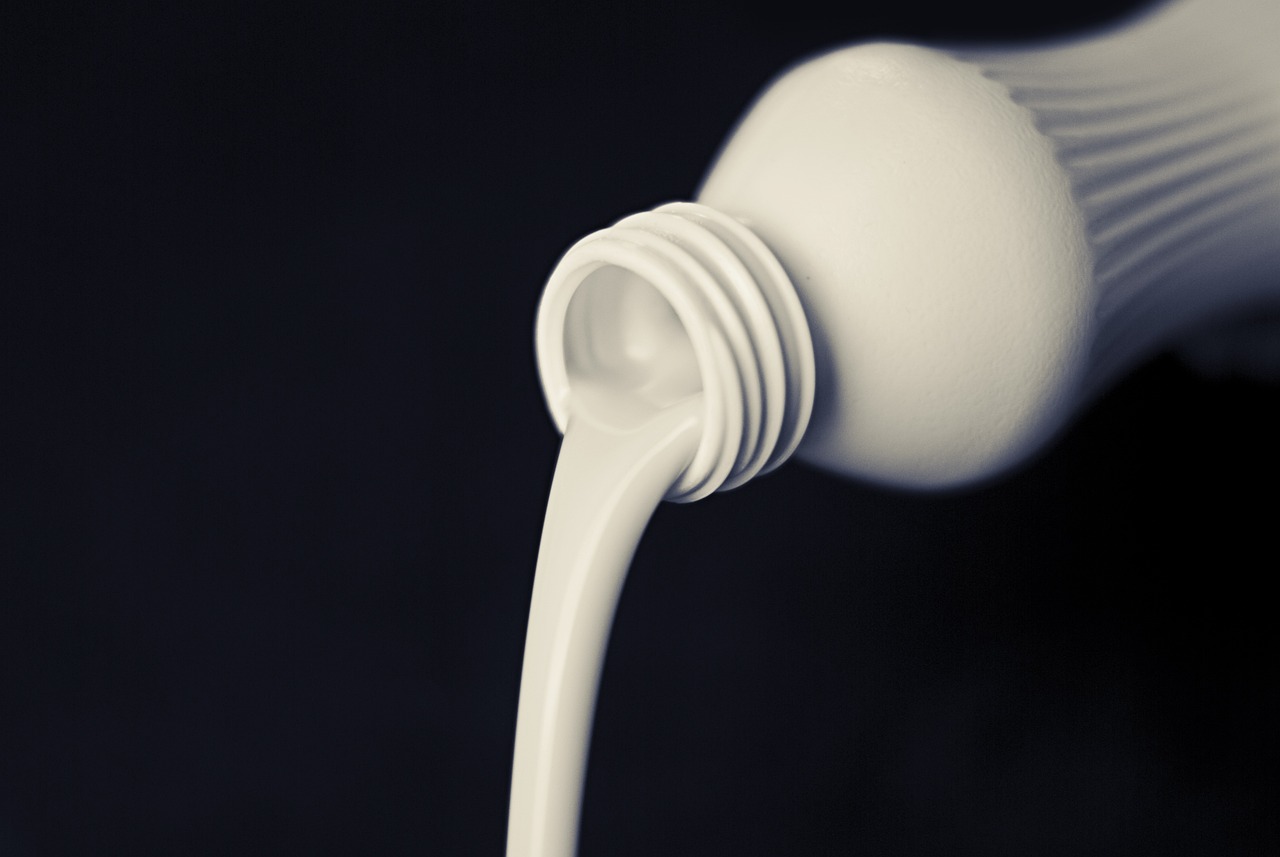Milk is a common staple in many people’s diets, especially regarding breakfast. However, if you have lactose intolerance, consuming milk may cause unpleasant physical symptoms like bloating, cramps, nausea, and diarrhoea. Fortunately, you can still enjoy milk while lessening the effects of lactose intolerance by using lactase to break down the lactose in milk and consuming milk substitutes that don’t contain lactose.
There are several methods for taking lactose out of milk. There are enzymatic breakdown procedures as well as nano-filters. Before lactose reaches your digestive tract, it will all be eliminated through these processes. In addition, many people with lactose intolerance completely avoid milk.
What is Lactose-Free Milk?
A commercial milk product that is lactose-free is known as lactose-free milk. Lactose is a type of sugar present in milk products that some people may find challenging to digest.
Lactase is added to regular cow’s milk by food manufacturers to create lactose-free milk. People who can tolerate dairy products produce the enzyme lactase, which breaks down lactose in the body.
The final lactose-free milk is almost identical to regular milk in terms of flavour, texture, and nutrient content. Conveniently, it functions similarly to regular milk and can be substituted in your favourite recipes.
How to Remove Lactose from Milk?
There are various methods for taking lactose out of milk. As you might expect, the cost of milk at the store increases with the complexity of the process. These techniques consist of the following:
Enzymatic Breakdown
Using a particular enzyme, the lactose in dairy products can be broken down enzymatically. B-galactosidase is the enzyme that breaks down lactose in milk. The b-galactosidase in Kluyveromyces produces this enzyme.
In the small intestine of mammals, this enzyme is made. It sweetens milk and aids in lactose digestion. It is not required for everyone, though. Lactase enzyme cannot be produced by people who are lactose intolerant. They can purchase nutritional supplements or mix lactase into their milk to get around this issue.
The enzyme binds to the substrate molecule at its active site to begin working. It then reverts to its initial state. The chemical reaction is then sped up, and the products are released. It’s critical to realise that the lactase enzyme can own large lactose molecules carried out by enzymes unique to the substrate. Heat or other elements may denature them. The experiment’s solution contains 50 mL of the original lactase solution diluted ten times. The reaction mixture’s final volume should be 300 millilitres.
Membrane Separation
The invention is a membrane-based method for separating lactose from milk. The invention employs ultrafiltration, nanofiltration, reverse osmosis, and filtration as sequential membrane separation processes. More than 95% of lactose is effectively eliminated by this method.
This separation method eliminates proteins as well. However, biofouling presents a significant obstacle to membrane separation. Currently, numerous types of membranes are available. Some manufacturers have created specialised membranes for dairy applications. These materials contain polyamide and polyvinylidene fluoride in their composition. Others, such as NF and MF, have been developed using polymers.
Membrane separation has several advantages over current commercial ultrafiltration membranes. For instance, graphene oxide membranes have antifouling properties.
Nano-Filters
In the dairy industry, lactose can be removed from milk using nano-filters. They preserve milk fats while removing most proteins and lactose. However, fouling is a significant problem for nanofiltration membranes. To increase the effectiveness of their membranes, researchers looked into three related processes. Fouling is a process where organic material accumulates on a membrane’s surface.
There are several steps involved in the removal of lactose from milk. The milk is ultrafiltered first, then nano-filtered. Reverse osmosis concentrates the ultrafiltered milk product, and the ultrafiltered milk product is then nano-filtered. After nanofiltration, lactase treats the milk product, which turns lactose into monosaccharides. As a result, the milk product is largely lactose-free.
Eliminating antibiotics, which hinder the intestinal process for lactose breakdown, is another crucial step. Additionally, this procedure may produce less milk, which is good for the environment. The lactose in milk can be removed using the current invention without impairing the organoleptic properties of the dairy product. The salts lost during the process can also be recovered or added back into the milk.
Low-FODMAP Diet
Getting lactose out of milk might be on your mind if you are on a low-FODMAP diet. You can make dairy products low-FODMAP by following a few easy steps. Finding products that don’t contain lactose is the first step. Lactose in a low-FODMAP milk product won’t exceed one gramme.
The only food source of naturally occurring sugar lactose is milk. A lactase-producing enzyme in the intestines breaks it down. Digestion issues may arise if the enzyme cannot break down lactose. This might cause cramps in the stomach, gas, diarrhoea, and bloating. IBS sufferers frequently experience lactose-related symptoms. They can avoid these unpleasant effects by cutting out this sugar from their diet.
Lactose-containing dairy products have a high FODMAP content. Many conventional kinds of cheese, including those made with dairy, are low in FODMAPs and can be included in your diet. The dairy product brands Lactaid, Green Valley Organics, and Lactose-Free are a few examples of those with low FODMAP content.
Advantages of Lactose-Free Milk
We’ll discuss whether lactose-free milk is healthy now that we’ve defined what it is. When compared to regular milk, it is said to have some advantages.
- After consuming dairy products, the lactose in milk frequently brings symptoms like feeling bloated, gassy, or queasy. Changing to lactose-free options can sometimes help reduce those symptoms.
- Lactose-free milk has the same vitamins, minerals, calcium, and protein as regular cow’s milk because it has a similar nutrient profile.
Maintaining health and lowering the likelihood of overeating require a balanced diet. Limit your intake of processed foods and include plenty of fresh fruits and vegetables throughout the day.
Disadvantages of Lactose-Free Milk
Despite its advantages, lactose-free milk has some drawbacks as well. Since lactose is a naturally occurring sugar, some lactose-free products may also contain sweeteners to replace it.
When buying lactose-free milk, always check the nutritional label and ingredient list. Sugar cravings may result from consuming added sugar-containing foods and beverages.
Health professionals typically advise eating a balanced diet with as few refined foods as possible. Because both lactose-free and regular milk are heated and chemically altered to make them safe for consumption, they are both categorised as processed foods. Sometimes, lactose-free milk requires more processing than regular milk.
A great option for staying hydrated and healthy is water. Drinking lactose-free milk has many of the same drawbacks as doing so with regular milk. According to recent studies, consuming too many dairy products may increase your risk of developing cancer and heart disease.
How can I Make Lactose-Free Milk at Home?
Because more steps are needed to make lactose-free milk, it costs more than regular milk. However, most of the cost can be avoided if you make your lactose-free milk from regular milk. Adding lactase to the milk is the simplest way to accomplish this. You can buy lactase drops offline at a lot of retailers or online at places like Amazon.
How much lactose is extracted from milk depends on the amount of lactase added and the time the enzyme is allowed to react (usually 24 hours for full activity). You can wait less time if you are less sensitive to the effects of lactose, or you can add less lactase to save money. Making lactose-free milk has benefits beyond financial savings, such as avoiding the “cooked” taste associated with ultrapasteurized milk.
How does Lactose-Free Milk Differ in Flavor?
Milk’s lactose dissolves into glucose and galactose when lactase is added. Because glucose and galactose are perceived by your taste receptors as sweeter than lactose, even though the milk has the same sugar as before, it tastes much sweeter. Because of the additional heat used during processing, milk that has been ultrapasteurized also tastes different and is sweeter.
Does Boiling Milk Remove Lactose?
Boiling milk also reduces some of the lactose content of milk. Boiling changes it into various acids and lactulose, a sugar people, cannot digest.
However, it’s important to be aware that boiling milk might not make enough of a difference for people with lactose intolerance or a milk protein allergy to consume milk safely.
Do Butter and Yogurt have Lactose?
Milk products like yogurt, cheese, and butter are the main sources of lactose. If you’re lactose intolerant, you may need to stay away because it’s present in many other prepared foods.
You might still be able to consume some of these products without any issues, though, as the amount of lactose in them varies and is occasionally quite low.
Conclusion
You can choose lactose-free milk and other dairy products if you cannot consume regular dairy products due to lactose intolerance. Adding lactase to regular milk converts lactose into simpler sugars that are easier to digest, creating lactose-free milk.
Although it is a little sweeter, it can be a good substitute for those who cannot consume lactose. However, it is inappropriate for those who have a dairy allergy or abstain from dairy for other reasons.

